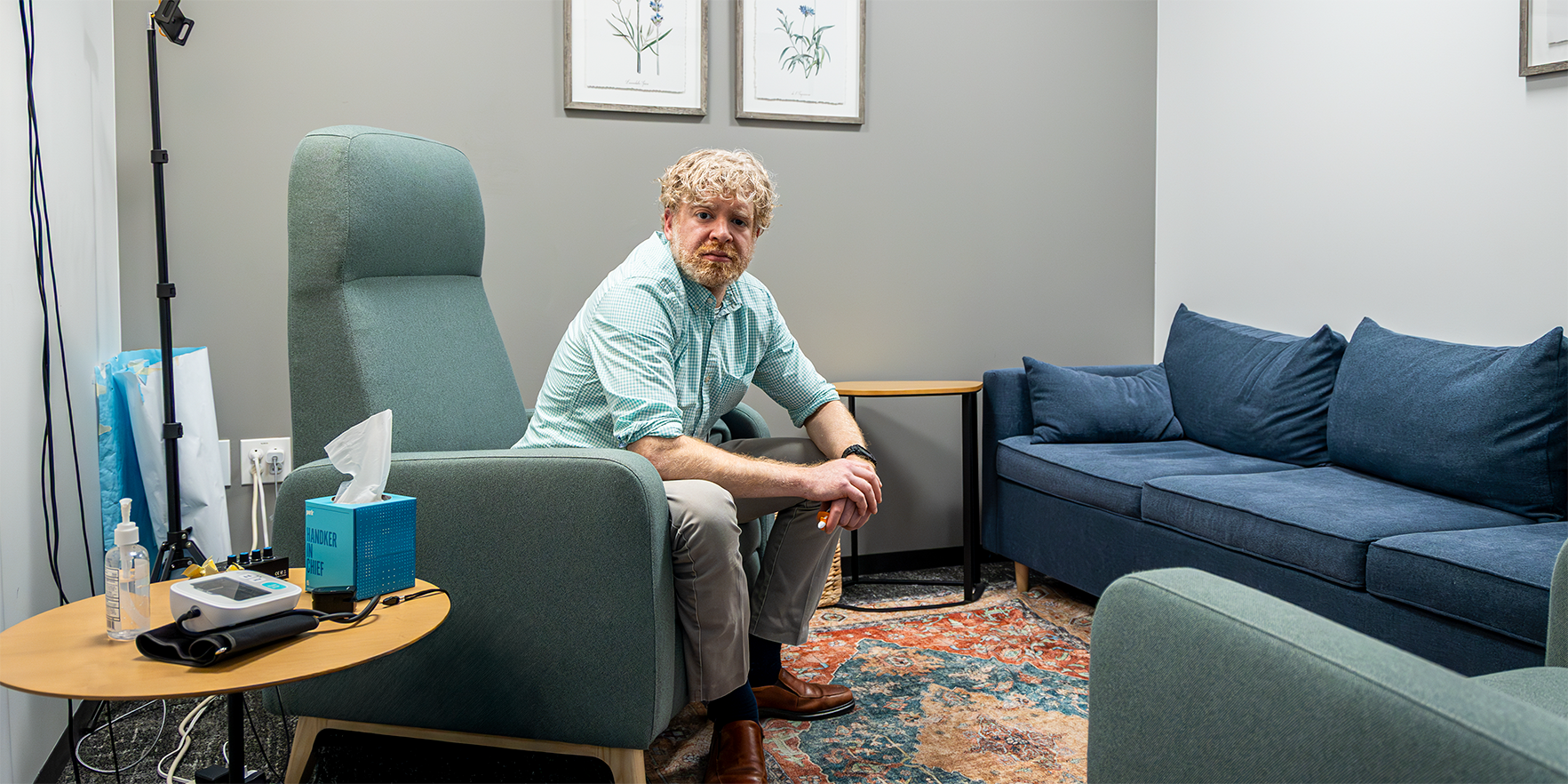E-cigarettes have risen quickly in popularity, and so has the amount of confusing messaging about their safety. As a mom and physician, I know how hard it is to know what is a must-read and what gets relegated to the TLDR (too long, didn’t read) heap. Here is what you must know about this rapidly growing threat to kids’ safety. I include links for further reading—including some for your children—but these are the basics.
Long-lasting health impact, especially for youth
This is well-established despite industry campaigns to aggressively target adolescents. The nicotine in e-cigarettes is addictive and can harm brain development. Adolescents’ brains are uniquely vulnerable to the rewarding effects of nicotine. Many healthcare groups including the Office of the U.S. Surgeon General, the American Academy of Pediatrics, the Centers for Disease Control and Prevention (CDC), and Children’s Hospital Colorado have all issued statements reminding parents that e-cigarette use (vaping) is never safe for children, teens, young adults, or pregnant and/or breastfeeding women.
E-cigarettes and tank devices come in a variety of styles. Infographic by the Centers for Disease Control.
E-cigarettes are not yet regulated nor approved for smoking cessation by the US Food and Drug Administration (FDA), and the long-term health effects to users and people nearby are still unknown. Because of the lack of regulation, the chemicals in an e-cigarette device can vary between brands.
E-cigarette use rising at an alarming rate
According to the 2019 Monitoring the Future Survey:
- Teens are vaping both marijuana and nicotine in record numbers. Past-month marijuana vaping among 12th graders nearly doubled in a single year—the second largest 1-year jump for any substance in the history of the survey.
- One in 4 students in 12th grade, 1 in 5 in 10th grade, and 1 in 11 in 8th grade reported vaping nicotine in the past month.
E-cigarettes are making their way into middle schools, too. The current use rate among middle schoolers rose from 0.6% in 2011 to 10.5% in 2019.
Why is the rate rising so steeply? In part, because e-cigarette brands are marketing directly to youth, including making e-cigarettes in a variety of youth-appealing flavors such as fruits, desserts, candy, and soda.
Make sure you can identify e-cigarettes
E-cigarettes are everywhere, are varied in appearance and can be easily hidden and disguised as objects such as memory cards. E-cigarettes and vape devices are handheld devices designed to deliver emissions for inhalation by heating a solution that commonly contains nicotine and flavoring chemicals. They are commonly called vapes, vape pens, e-hookah, e-cigars, pod systems, (mechanical) mods, and tanks and are also called by brand names such as JUUL.
Know why e-cigarettes are dangerous, especially to children and teens
The teen years are critical for brain development, which continues into young adulthood. Pediatric emergency physician and toxicologist Sam Wang warns that young people who use nicotine products in any form, including e-cigarettes, are uniquely at risk for long-lasting effects. Because nicotine affects the development of the brain's reward system, continued nicotine vaping can not only lead to nicotine addiction, but it also can make you at risk for use of other drugs: adolescents who use e-cigarette with nicotine are much more likely to use and vape marijuana.
Dr. Wang notes that the solution and vapor from e-cigarettes contain harmful chemicals and heavy metals, some of which have been linked to cancer as well as a severe form of lung damage called e-cigarette, or vaping, product use-associated lung injury (EVALI). The EVALI outbreak began in June 2019 and is thought now to be in part related to vitamin E acetate, an additive in some e-cigarettes. As of January 14, 2020, a total of 2,602 hospitalized EVALI cases or deaths have been If you are concerned your child may have lung injury from vaping, contact the Breathing Institute at Children’s Hospital Colorado, or, if your child is experiencing difficulty breathing, seek emergency care.
In addition to the dangers of ongoing, intentional vaping, Dr. Wang reports that accidental ingestions of E-cigarette nicotine solutions can lead to severe toxicity and even kill young children. Because of this, liquid nicotine is required to be sold in childproof packaging and should be stored up and out of reach. Calls to poison control centers related to e-cigarettes have skyrocketed in the last 5 years. If exposure to liquid nicotine occurs, call the local poison center at 1-800-222-1222.
Kids know less than you think they do about the dangers of e-cigarettes
It is important to explain the health risks, because so many kids really don't know, in part because of deceptive marketing about e-cigarettes.
Many teens have misconceptions about e-cigarettes and believe it is safe:
- That e-cigarettes do not contain nicotine
- That the nicotine concentration in e-cigarettes is low
- That JUUL e-cigarettes are not a type of e-cigarettes
- That e-cigarette nicotine is safe for kids' developing brains.
Half of Colorado high school students do not think daily use of e-cigarettes is risky.
Guest contributor: Marion R. Sills, MD, MPH, professor, CU School of Medicine, Department of Pediatrics. Reach her on Twitter @MarionRSills




